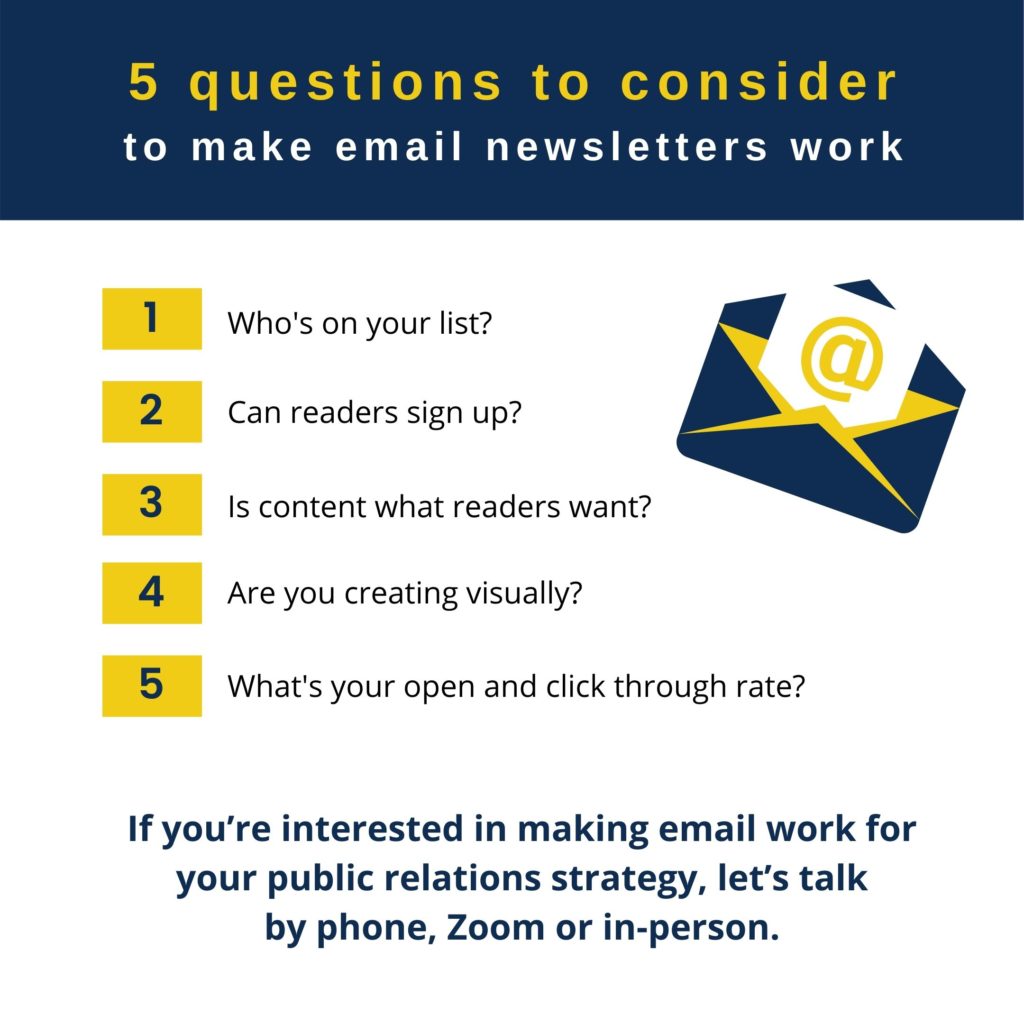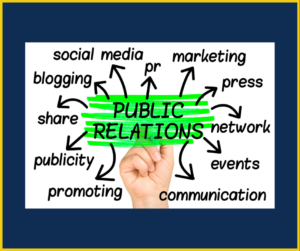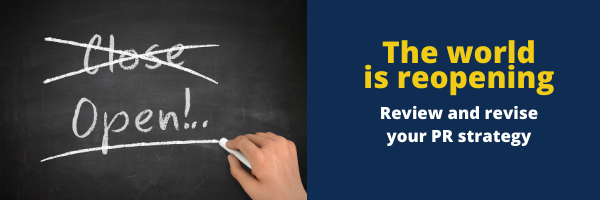
Business owners and leaders often find themselves overseeing and/or managing the business website. Often what sounds like a complicated task, can be made simple by knowing the basics of Search Engine Optimization. Here and a few tips and tricks we’ve learned over the years by managing SEO for client websites.
Know your keywords
Similar to any business-related project, research is a good first step. What are the keywords Google searchers use to find your business, industry or non-profit? Put a list together and then use those keywords.
Feed Google and other engines content
Search engines use your website content to index pages. Feeding the right keywords and phrases is critical to being found. Google and other search engines are looking for keywords in a few places: the webpage title/tab, keyword (alt-tags) on photos/images on the pages, copy on the website pages and SEO programming in the website.
Blog, blog, blog
Adding blogs to the website gives search engines fresh content. It allows you to feed search engines those business critical keywords and phrases.
Refresh content
Update the photos on website pages, review page content to freshen keywords, double check key words continue to be relevant. Bottom line, websites are living, breathing marketing and communications tools for your business. It’s not about setting it and forgetting it. It’s about continuous improvement to make a website work for your business.
Consider Pay Per Click
Depending on your industry, sometimes competing for keywords to get you placed can be tough. Adding pay per click into the promotional mix can help to elevate your page placement. We’ve worked with clients who tried to DIY their pay per click, which is not a go-it-alone task. We recommend partnering with a professional to ensure the set up is correct from the start.



 Business owners looking for public relations support and counsel often discover an independent PR agency is better suited to fit their needs. What exactly is the difference between a firm and an independent? If you’re shopping for a partnership, here are a few things to keep in mind.
Business owners looking for public relations support and counsel often discover an independent PR agency is better suited to fit their needs. What exactly is the difference between a firm and an independent? If you’re shopping for a partnership, here are a few things to keep in mind. The wild COVID ride feels like it’s about over, and now it’s time to refocus (and yes, get back out there and have some fun). So now that we’re moving back toward normal in business, what (if anything) should change in your public relations strategy? We believe in keeping all things business simple and easy, so here are three quick recommendations for your next business meeting:
The wild COVID ride feels like it’s about over, and now it’s time to refocus (and yes, get back out there and have some fun). So now that we’re moving back toward normal in business, what (if anything) should change in your public relations strategy? We believe in keeping all things business simple and easy, so here are three quick recommendations for your next business meeting: